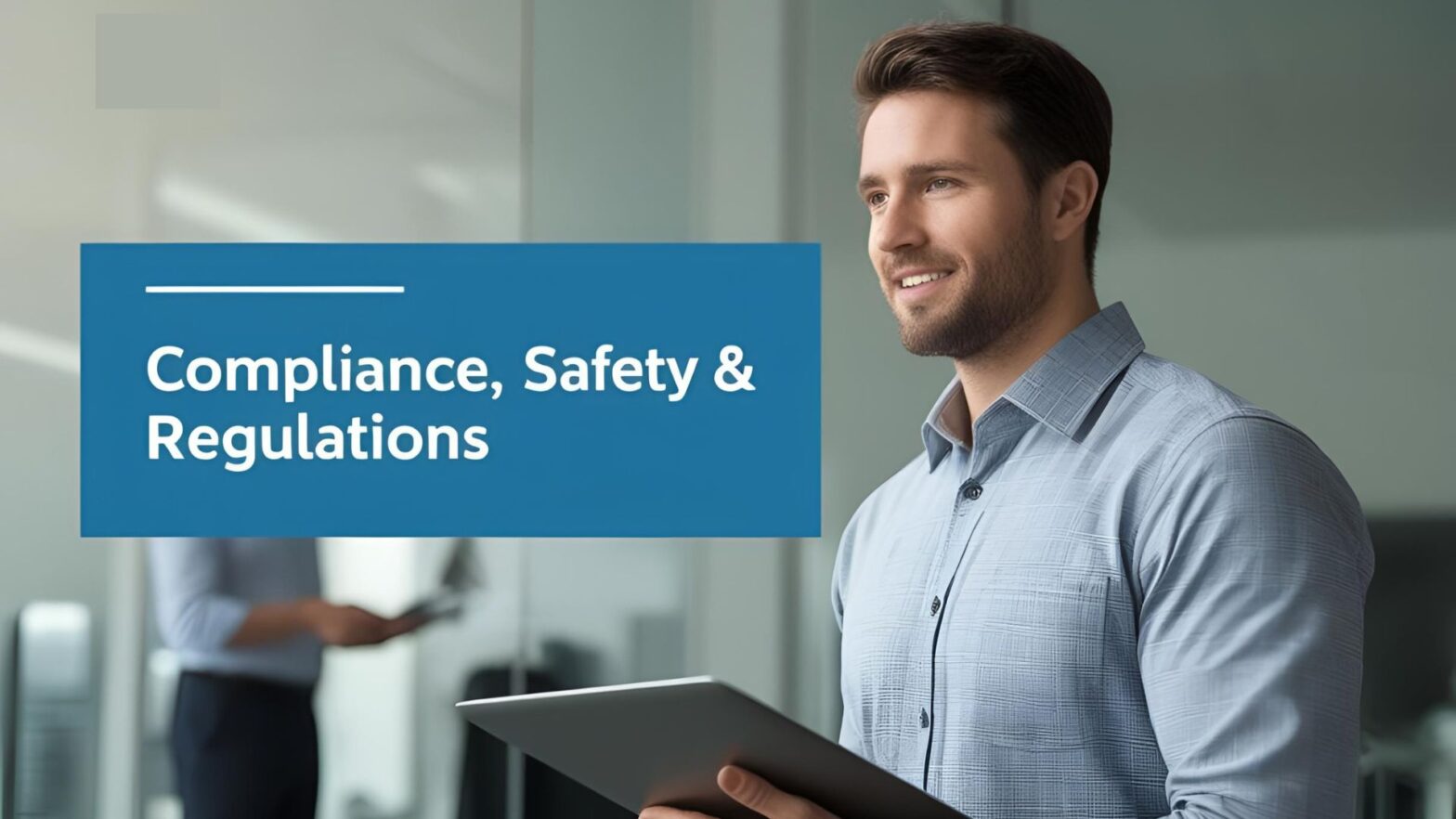In the construction supply and distribution world, insurance isn’t just a formality—it’s your financial safety net. But here’s the catch: insurance coverage is closely tied to your safety compliance practices. If your team misses critical steps or fails to document safety protocols, it can lead to denied claims, higher premiums, or even policy cancellations.
Unfortunately, many companies make preventable mistakes that only become obvious after an accident or audit.
Here’s a breakdown of the most common mistakes related to insurance and safety compliance—and how to avoid them before they become expensive problems.
🚩 1. Assuming Insurance Automatically Covers All Incidents
The mistake:
Thinking that if someone gets hurt, the insurance company will take care of everything—no matter the circumstances.
The cost:
If you haven’t followed your own safety policies or OSHA regulations, your insurer could deny the claim or limit coverage.
How to avoid it:
Understand your policy’s fine print, especially around exclusions for negligence.
Ensure safety training, signage, and equipment inspections are current and well-documented.
Treat compliance as a shared responsibility—not just an insurance box to check.
🚩 2. Inadequate Documentation of Safety Training and Inspections
The mistake:
Holding safety meetings or inspections without documenting who attended, what was covered, or what was corrected.
The cost:
In the event of a workers’ comp claim or liability investigation, lack of proof weakens your defense—and can increase your liability.
How to avoid it:
Track all training sessions with sign-in sheets or digital records.
Keep inspection logs for equipment, PPE, forklifts, and loading zones.
Store safety documentation in your ERP, HR system, or shared folders for easy access during audits.
🚩 3. Letting Vendor or Subcontractor Coverage Lapse or Go Unverified
The mistake:
Not verifying that delivery partners, subcontractors, or temp labor providers carry valid and sufficient insurance.
The cost:
If a contractor causes injury or damage on your property without valid coverage, your insurance may have to absorb the loss.
How to avoid it:
Require updated Certificates of Insurance (COIs) from all vendors and subcontractors annually—or before each job.
Set minimum coverage thresholds for liability, auto, and workers’ comp.
Maintain a vendor compliance checklist with renewal dates and status.
🚩 4. Failing to Notify Insurers of Operational Changes
The mistake:
Expanding your warehouse, adding new services (like deliveries), or introducing new equipment—without updating your insurer.
The cost:
Coverage may not apply to the new risks, and claims related to unreported changes could be denied or limited.
How to avoid it:
Notify your broker or carrier of any changes to operations, location, or employee roles.
Reassess your coverage annually to reflect business growth or changes.
Keep updated job descriptions and equipment lists on file for underwriters.
🚩 5. Overlooking Driver and Vehicle Safety Standards
The mistake:
Failing to track driver certifications, vehicle inspections, or delivery logs—especially for company-owned trucks or forklifts.
The cost:
Auto or liability claims can be denied if driver training, CDL licensing, or equipment inspections aren’t documented.
How to avoid it:
Maintain up-to-date driver files with license copies and safety training logs.
Require pre-trip and post-trip vehicle inspections.
Use your ERP or fleet software to track maintenance schedules and safety issues.
🚩 6. Not Aligning Safety Procedures with Insurance Risk Control Recommendations
The mistake:
Ignoring suggestions from your insurer’s risk control team or failing to act on their findings after a site visit.
The cost:
Unaddressed recommendations can affect your renewal rates—or result in policy cancellation for non-compliance.
How to avoid it:
Take risk assessments seriously and treat them as action items.
Document corrective actions taken and share updates with your broker.
Use the visit as an opportunity to tighten internal safety policies and train your team.
🚩 7. Treating Compliance as an Annual Task, Not a Daily Practice
The mistake:
Scrambling to meet safety requirements only when policy renewal or an audit is due.
The cost:
Last-minute fixes rarely hold up under scrutiny—and insurers may flag you as high risk.
How to avoid it:
Build safety and compliance into your daily and weekly workflows.
Conduct monthly internal audits to stay ahead of insurance checklists.
Use ERP or safety management tools to automate tracking, reminders, and reporting.
Final Thought
Insurance is there to protect your business—but it only works when your safety compliance is consistent, documented, and aligned with your coverage terms. By avoiding these common mistakes, you not only reduce risk—you also improve your ability to recover quickly and minimize the financial impact when something does go wrong.
A safe, well-documented operation isn’t just good practice—it’s good business.


